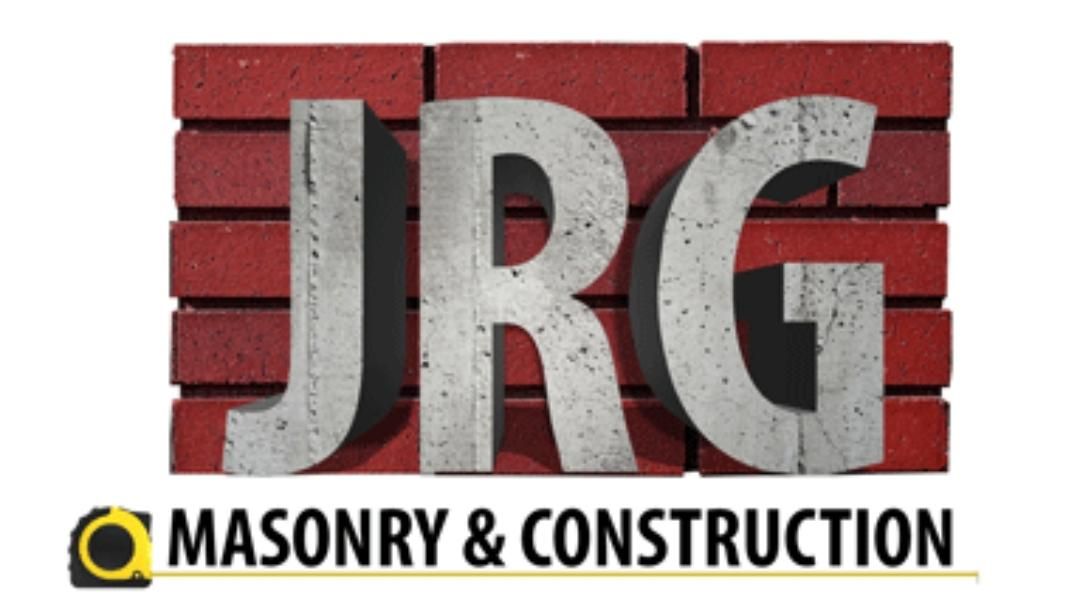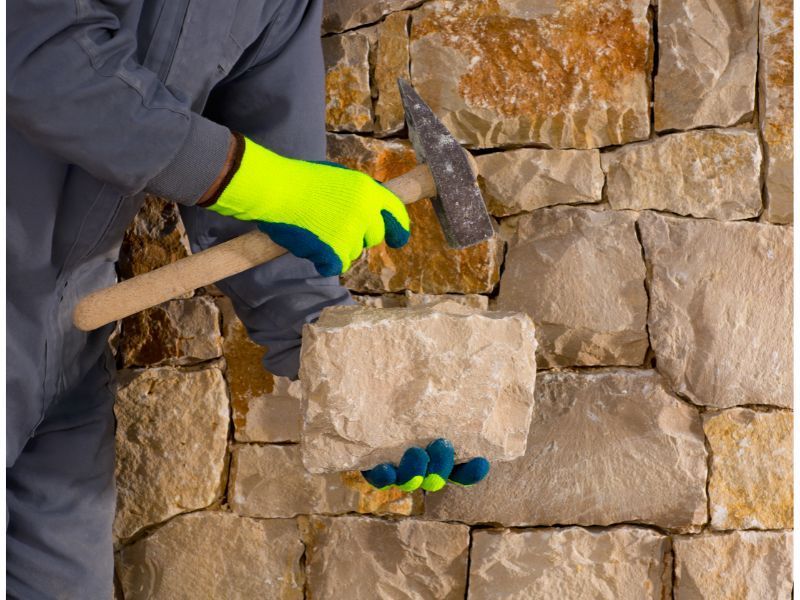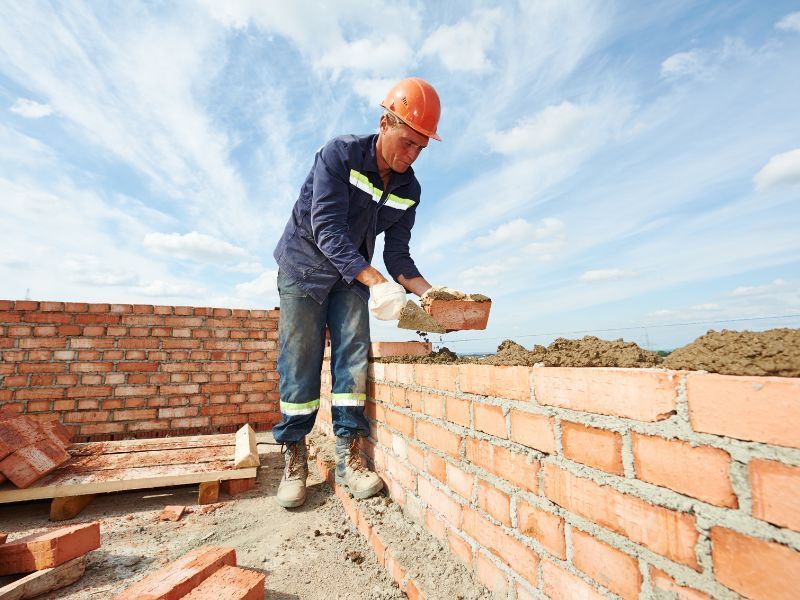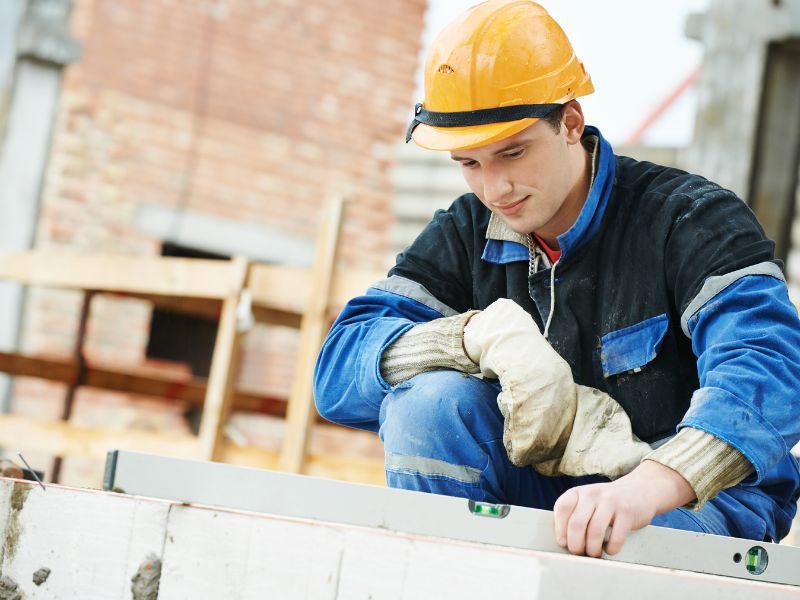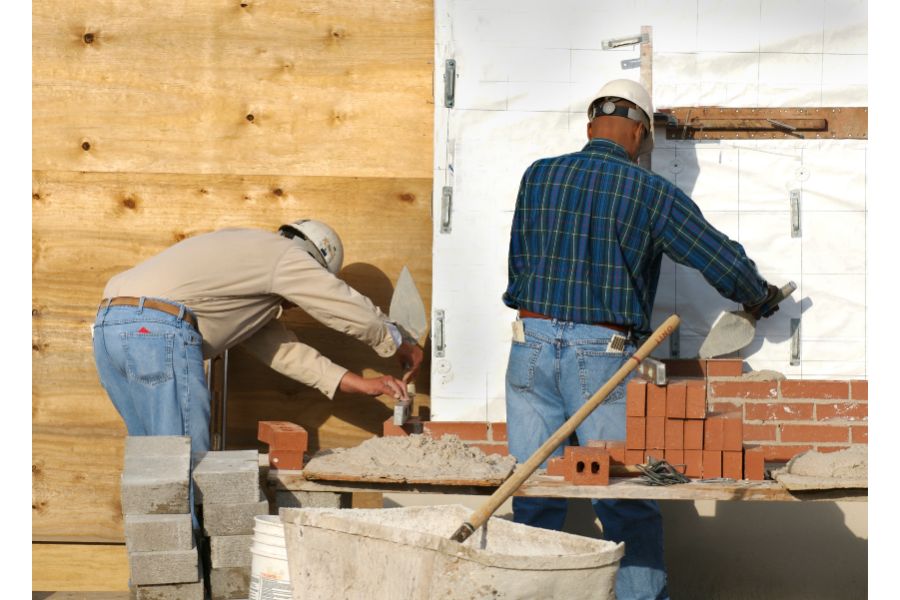The Crucial Role of Protective Gear and Training
Have you marveled at the beauty of brickwork or admired the artistry of stone structures? We're talking about masonry – that artful craft that turns these everyday materials into breathtaking structures that stand tall through the ages. But, let's hit pause on our admiration for a moment and focus our spotlight on something as essential as that first brick: safety.
Get set for a deep dive into masonry safety on bustling construction sites. Whether you're a pro with your tool belt loaded or someone curious about the ins and outs of how to become a masonry contractor, this journey into protective gear, street-smart precautions, and some good old wisdom is about to arm you with the knowledge that's as solid as a freshly laid foundation.

Sure, we're in awe of these works of art that masons create, and we're even more in awe of those who make them. Yep, those dedicated folks who, brick by brick, lay the foundation for the cities we call home. But here's the kicker - those creations require skill and a steadfast commitment to safety. Because let's face it, no one's creating masterpieces if safety's not on the menu. I mean, you wouldn't build a sandcastle in a storm, would you? Then, ready? Let's roll up those sleeves and soak up some serious know-how.
The Foundation of Safety: Protective Gear and Training
Before we even think about plopping down that first brick or nodding to that inaugural stone, we've got to talk safety. We're all about creating these incredible structures that'll stand tall for ages, right? But guess what? Those skilled folks crafting these marvels need some solid backup too.
Enter the rockstars of safety: protective gear and top-notch training. It's all about being armed and ready against the not-so-friendly hazards that come hand-in-hand with building cool stuff.
1. Personal Protective Equipment (PPE)
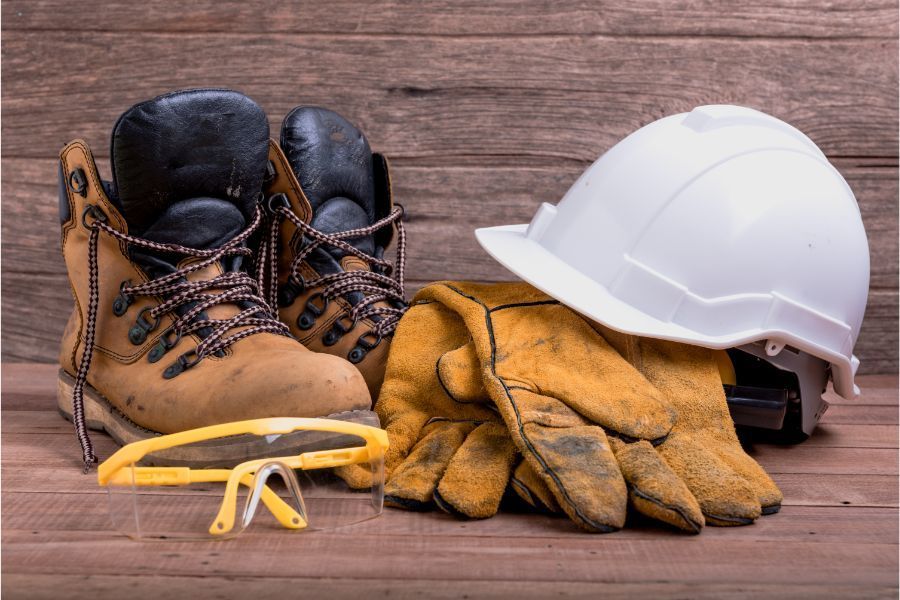
Now, let's talk about your armor - the Personal Protective Equipment or PPE. Imagine it as the superhero suit for construction champs, ready to take on falling debris and other hazards. Here's the rundown:
- Hard hats: These are your trusty shields against that ever-present rain of debris in construction zones. Think of them as the 'roof' for your noggin.
- Safety goggles: Picture these as your invisible force field for the eyes. They fend off those pesky flying particles and all those not-so-fun substances that masonry often tosses around.
- Dust masks: Inhaling dust, especially the tiny silica particles, isn't exactly a party for your lungs. These masks are like your lung's best buds, making sure you don't inhale anything that can cause trouble down the road.
- Gloves: Consider these your hand's sidekicks. They ensure you've got a solid grip while protecting your hands from abrasive materials and the occasional run-in with sharp tools.
- Steel-toed boots: The heavyweights of the team. They're here to save your feet from the tyranny of heavy objects and the dreaded potential of a toe-crushing incident.
2. Respiratory Protection
Next up: the air you breathe. We're not talking about oxygen and carbon dioxide here - we're talking about the small but mighty particles that can sneak into your lungs if you're not careful. Check this out:
- Silica dust: Think of silica dust as a sneak attack on construction hazards. Inhaling it over time can be like inviting trouble into your lungs. So, it's all about controlling it and ensuring it doesn't party in your airspace.
- NIOSH-approved masks: Meet your lung's best friends again. These masks are like your lungs' personal bouncers, only letting in the good air and keeping the hazardous particles out. Think of them as the VIP section for your breathing.
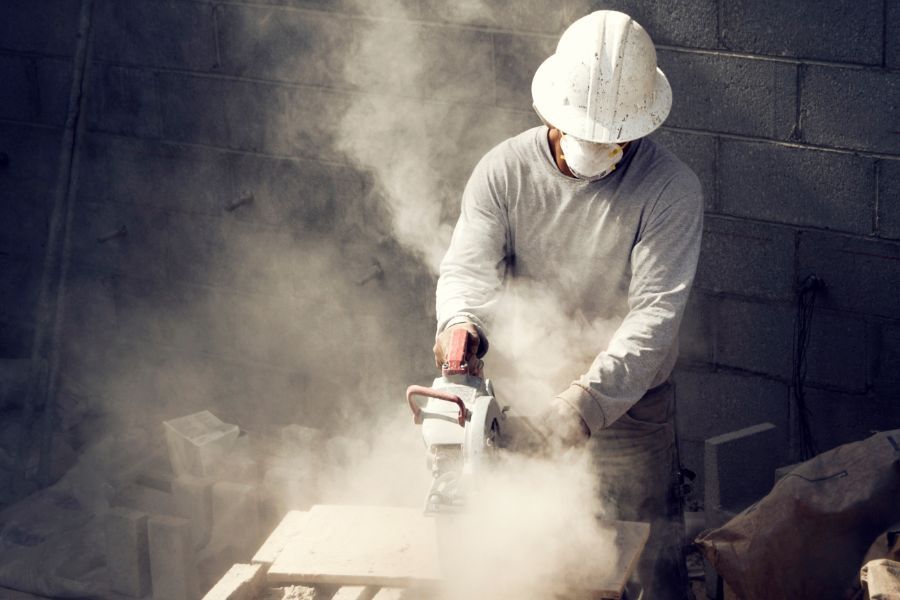
3. Training and Expertise
Ready for some brain training? Being smart about what you do can be a real lifesaver in the construction world. Here's the lowdown:
- Masonry-specific training: It's like learning the secret moves of a martial art, but for construction. This training gets you all prepped up in masonry - the proper techniques, handling materials without making them mad and even recognizing hazards so you can give them a wide berth.
- Emergency procedures: Every construction site needs a plan for when things take an unexpected turn - and let's be real, they sometimes do. Knowing what to do in those "uh-oh" moments could set apart a minor inconvenience from a major catastrophe.
4. Tool Safety
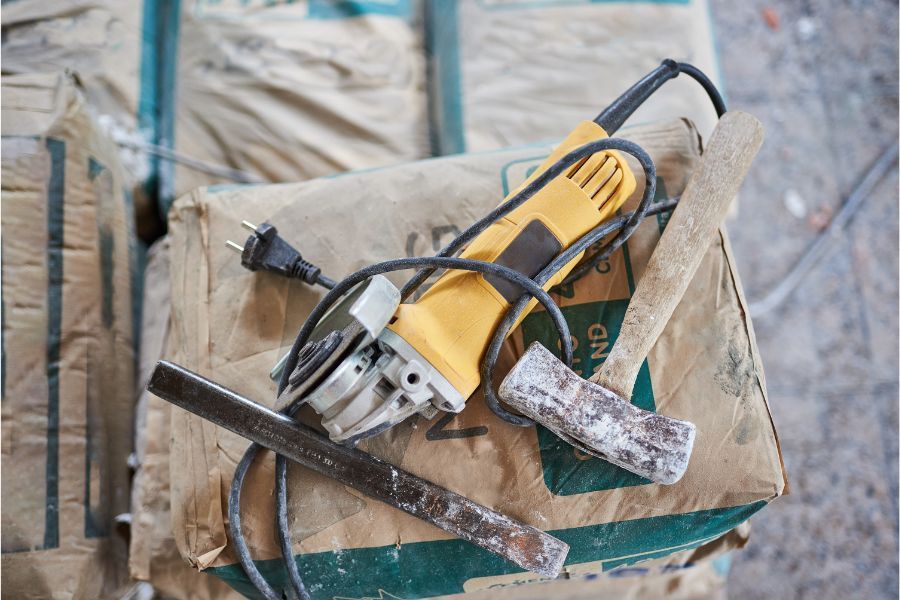
You know what they say - a worker is only as good as their tools. But tools, like any sidekick, need some ground rules. Here's the scoop:
- Proper tool usage: Just like a wizard and their wand, you've got to know the ins and outs of your tools. From trowels to chisels, using them correctly not only gets the job done right but also keeps accidents at bay.
- Regular tool inspections: Consider this a check-up for your construction comrades. Making sure your tools are in tip-top shape means they won't unexpectedly turn against you in the middle of a project. It's all about trust-building.
Conclusion
As the construction industry continues to evolve, prioritizing safety remains a non-negotiable aspect of responsible construction practices. Masonry, with its intricacies and unique challenges, demands a focused commitment to safeguarding the artisans who shape our landscapes. By integrating personal protective gear, specialized training, and site-specific precautions, construction companies can foster environments where both creativity and safety thrive. In essence, it's a partnership between skill and well-being, forming the very foundation of a resilient and prosperous
construction company.
